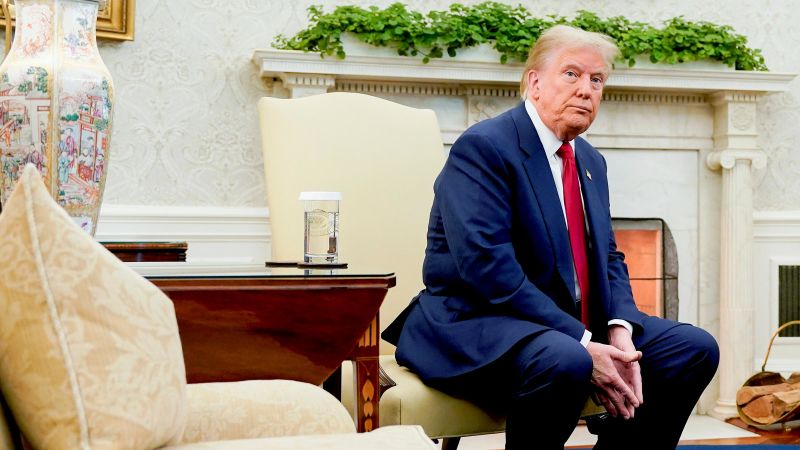Instructions

As the transition of power approaches, President-elect Donald Trump is rapidly shaping his incoming administration. With a series of strategic appointments, Trump is assembling a team of close allies and making bold Cabinet selections that are already sparking intense political discussion. The emerging leadership team reflects Trump's commitment to bringing significant change to Washington, with each new announcement drawing both support and scrutiny from political observers nationwide.
Political Transformation: Inside Trump's Strategic Cabinet Assembly and Administrative Reshaping
In the tumultuous landscape of American political transitions, President-elect Donald Trump embarked on an unprecedented journey of administrative reconstruction, meticulously curating a team that would redefine the traditional governmental framework and challenge established political norms.
Navigating Unprecedented Political Terrain: A Presidential Transition Like No Other
The Architecture of Power: Strategic Cabinet Selection
The presidential transition period represents a critical juncture in American democratic governance, where leadership vision transforms from campaign rhetoric into tangible administrative strategy. Donald Trump's approach to cabinet formation was characterized by a deliberate selection process that prioritized loyalty, ideological alignment, and transformative potential. Each appointment signaled a profound commitment to reshaping governmental institutions, challenging long-standing bureaucratic traditions.
Potential cabinet members underwent rigorous vetting, not merely for professional credentials but for their alignment with Trump's revolutionary political philosophy. This meticulous approach ensured that each selected individual represented more than a traditional administrative functionary, but a potential agent of systemic change.
Ideological Realignment and Political Disruption
Trump's cabinet selections were far from conventional, representing a radical departure from established political recruitment strategies. By choosing individuals with backgrounds that defied traditional governmental experience, he signaled an intent to fundamentally reconstruct administrative paradigms.
The incoming administration's composition reflected a deliberate strategy of disruption, challenging entrenched political establishments and introducing fresh perspectives into governmental decision-making processes. Each appointment was a calculated move designed to signal a comprehensive reimagining of governmental functionality and purpose.
Navigating Controversy and Institutional Resistance
The cabinet formation process was not without significant challenges. Controversial selections provoked intense media scrutiny and political debate, highlighting the polarized nature of contemporary American political discourse. Trump's picks were strategically designed to challenge existing institutional frameworks, generating substantial public discourse and media attention.
These selections represented more than mere personnel choices; they were symbolic declarations of intent, signaling a comprehensive approach to governmental transformation that extended far beyond traditional administrative boundaries.
Communication and Strategic Positioning
Throughout the transition, Trump's team maintained a carefully orchestrated communication strategy, leveraging media platforms to control narrative momentum and shape public perception. Each announcement was meticulously timed and framed to maximize strategic impact, demonstrating a sophisticated understanding of modern political communication dynamics.
The incoming administration's approach to cabinet formation was not just about filling positions but about constructing a comprehensive narrative of political renewal and institutional reimagination.
Long-Term Implications and Systemic Transformation
The cabinet selection process represented more than an administrative exercise; it was a profound statement about the potential trajectory of American governance. By prioritizing individuals committed to fundamental institutional reform, Trump's team signaled an intent to challenge and potentially reconstruct established governmental mechanisms.
These strategic selections would have far-reaching implications, potentially reshaping policy frameworks, administrative protocols, and the fundamental understanding of governmental functionality for years to come.

